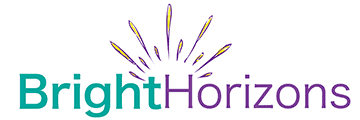June is Elder Abuse Awareness Month. According to The Administration on Aging, hundreds of thousands of elderly are abused, neglected, and exploited each year. Many of these victims are frail, vulnerable, and cannot help themselves and depend on others for their most basic needs. Their abusers may be family members, friends, or others they “trust.”
Elder abuse in general, is a term referring to any knowing, intentional, or negligent act by a caregiver or any other person that causes harm or a serious risk of harm to a vulnerable adult (AoA). All 50 states have passed some form of elder abuse prevention laws. Different types of abuse can include physical, sexual, neglect, exploitation, emotional, abandonment, and self-neglect. There are many warning signs of elder abuse, while one does not necessarily indicate abuse some more obvious signs include:
Physical- bruises, broken bones, pressure marks, etc. or any other bodily injuries. Sexual- bruises around the breasts or genital area. Financial- sudden changes in financial situations. Neglect- bedsores, unattended medical needs, poor hygiene, and unusual weight loss. Emotional- behavior such as belittling, threats, and other uses of power and control by caregivers. Other signs may be strained or tense relationships and frequent arguments between the caregiver and elderly person.
If you suspect elder abuse please call the Adult Protective Services Hotline at: 1-800-652-1999
If someone is in immediate danger, call 911 or the local police for immediate help. One of the most important things you can do is be alert. Suffering is often silent and if you notice changes in a senior’s personality or behavior, you should question what is going on. Remember it’s not your role to verify abuse is happening but to alert others of your suspicions.
This information was founded by the Administration on Aging. Visit www.aoa.gov for more information on elder abuse, warning signs, and reporting.

